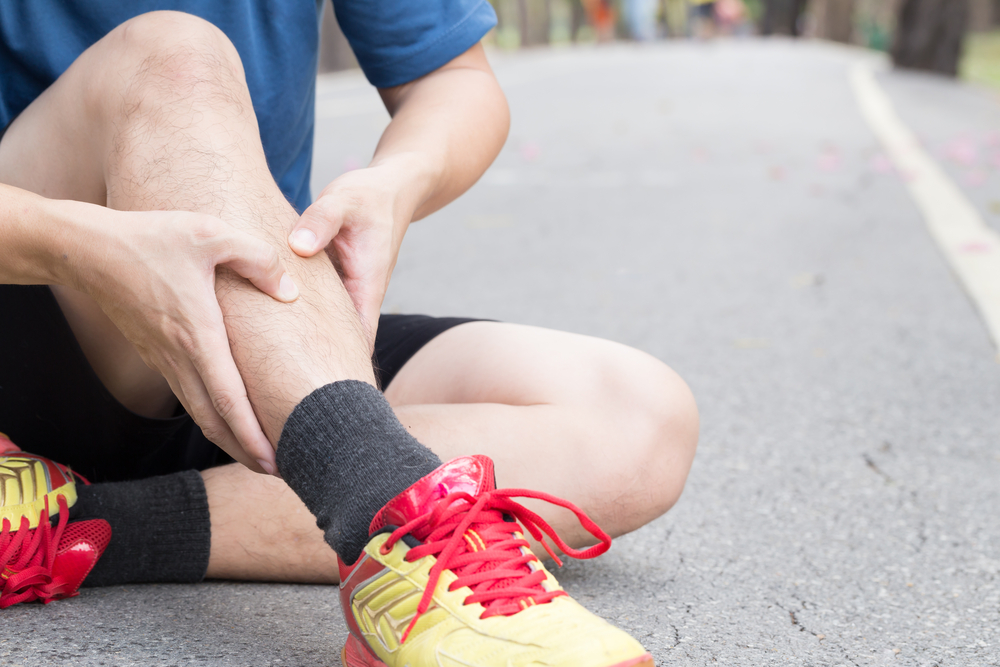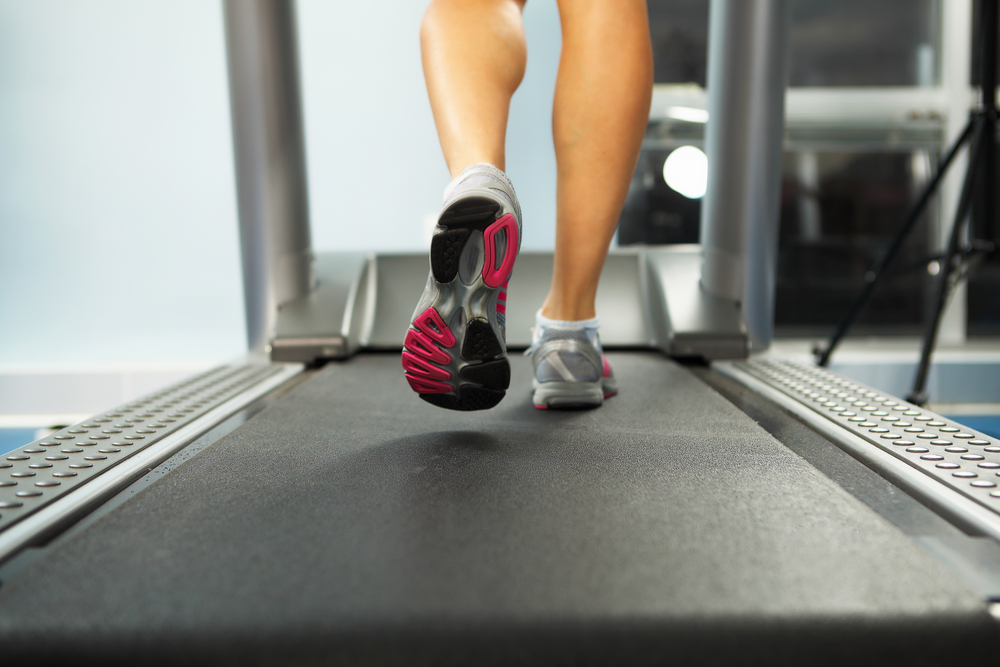Physiotherapy for Shin Pain
What are Shin Splints?
People who do a lot of running will often complain of ‘shin splints’ which is a general term for any pain experienced in the shin. There are several different conditions which can cause shin pain and it’s important to get a correct diagnosis, as each condition is treated differently.
Shin splint conditions include tibial stress fractures, medial tibial stress syndrome, chronic exertional compartment syndrome and injuries to the tibialis anterior muscle. Except for sudden strains to the tibialis anterior muscle, these conditions are all classified as overuse injuries, which means that they occur as a result of excessive load on the structures involved. This excessive load can arise from increasing training volume too quickly, using footwear that is inappropriate or worn, or running with incorrect biomechanics.


How can Physio help Shin Splints?
All the above injuries are managed by different combinations of the following interventions:
• Training program modification to address any sharp increases in volume or intensity.
• Footwear assessment and advice, including orthotic prescription if required.
• Running biomechanics assessment and appropriate technique modifications (find out more at our running assessment page).
• Taping/strapping for symptomatic relief.
• Assessment of joint range of motion and prescription of flexibility exercises.
• Assessment of strength/endurance and prescription of a strength and conditioning program.

Get Active!
For more, visit our Frequently Asked Questions page.
If you would like to ask a question about our services or anything else, visit our Contact Us page to get in touch.
If you are ready to make an appointment, visit our make a booking page and let us help you with your fitness or recovery.

